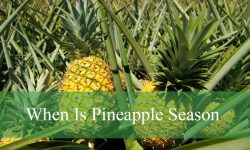I have been growing different types of cabbages in my backyard garden for over two decades. Each cabbage species has unique taste, texture, and maintenance routines despite suiting different recipes.
My favorite species for preparing salads, toppings, sautéing, and roasting is green, red, napa, and savoy cabbages. These cabbage varieties come in different colors and textures to meet the needs of consumers.
I wrote this comprehensive guide to share my experiences with different cabbage varieties. The article outlines descriptions and pictures of all cabbages in North America and parts of Europe.
Different Types of Cabbages with Pictures
Here is the list of cabbages common in North America and some parts of Europe. Take the time to read through the descriptions to foster faster identification and differentiation:
Napa Cabbage
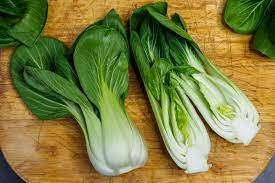
Napa cabbage is also known as Chinese cabbage since it is common in Asian Cuisine. It has long pale green leaves that are tightly packed.
The mild flavors make this cabbage species ideal for adding stir-fry dishes or salads. I prefer using napa cabbage for making kimchi due to its robust taste.
Napa cabbages are an excellent source of vitamins, fiber, and calcium. These cabbage varieties are available in the fall and winter months.
Bilko Cabbage
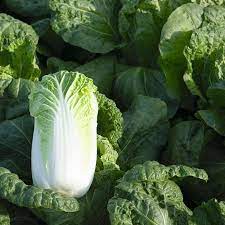
Bilko cabbage is a tough plant that thrives in the mountainous region of central Asia. It can also tolerate drought and cold temperatures.
The cabbage species have thick and leathery leaves with short and stout stems. The cabbage also produces tiny yellow blooms that turn into circular green fruits.
I use Bilko cabbages to stir-fries, soup, and stews due to their mild flavors and crunchy textures. Vitamins, fibers, and potassium are excellent ingredients for your health.
Green Cabbage
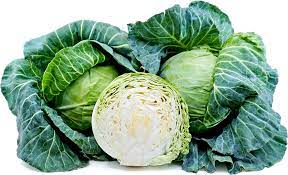
Green cabbage is a widespread species that flourish in temperate climates. The plant loves fertile and well-drained soil though it can survive in various soil types.
It takes 60-70 days to harvest green cabbage heads. The nutrient-rich vegetable can be eaten raw, cooked, or pickled.
I prefer using green vegetables in salads, slaws, and stir-fries. We recommend seeding your green vegetables in late winter and transplanting them in early summer.
Parel Cabbage
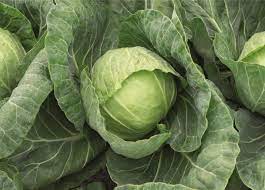
It is a hybrid cabbage species ideal for vegetable gardens. The compact form, split resistance, and short maturity period are my excellent features.
Parel cabbages are an excellent choice for novice and experienced gardeners. It starts from seed before maturing in six weeks.
The cabbage species is ideal for growing in small spaces in your kitchen garden. They require a minimal maintenance routine than other species.
Savoy Cabbage

Savoy cabbages have crinkly exteriors similar to members of cruciferous vegetables. It hails from the Mediterranean region and some parts of Europe.
The crinkly leaves are dark pale green with slightly bitter flavors. When cooked, the leaves become tender and sweet.
My four-year-old daughter loves eating raw Savoy cabbage in salads. But my wife loves using the crinkly leaves in soups and stews.
Red Savoy Cabbage
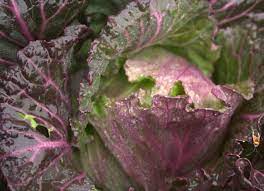
The cabbage species have crinkly red and curly leaves. Many people in California love eating red savoy cabbages in salads and slaws.
The green-red savoy cabbages are rich in vitamins and dietary fibers. They also contain compounds that have numerous health benefits like preventing cancer.
The versatile ingredients make this cabbage species suitable for various recipes and health improvement. A cup of chopped raw cabbage contains 36 calories.
Rubicon Cabbage
![]()
Rubicon cabbage has green-purple leaves that are thick and crunchy. These leaves are slightly peppery and tangy with a sweetness hint.
The cabbage species was recognized by emperor Augustus Caesars while campaigning in Rubicon city. The impressive flavors made the species popular in the Roman diet.
Rubicon cabbages are highly grown in Germany, France, and Italy. It can be eaten raw or cooked due to its nutrients and flavors.
Kohlrabi Cabbage

It is a low-growing cultivar of wild cabbage. The cabbage species was introduced into North America by German settlers.
Kohlrabi cabbages thrive in temperate climates with cool summers. It grows up to 12 inches high and six inches wide.
It can be eaten raw or cooked due to its mild flavors. I love using the cabbage in salads, garnish, pickled, or as a side dish.
Earliana Cabbage
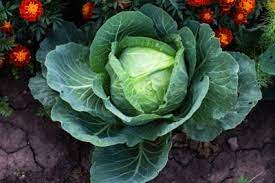
It is a fast-growing cabbage species ideal for cooler climates. The sweet-mild flavors and compact design with deep green colors are my favorite features.
Earliana cabbages take 60 days to mature and can withstand light frost. It is an excellent crop for late or early summer and winter in mild climates.
We recommend the provision of consistent moisture during head formation. Besides that, mulch your cabbages to help retain adequate moisture and discourage weed growth.
These cabbages have sweet flavors suitable for salads, slaws, and other cooked dishes. I love these cabbage species due to their nutrients and delicious taste.
Tuscan Cabbage
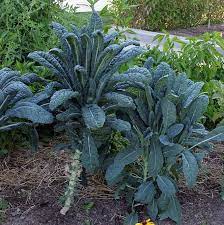
It is a unique species that belong to varieties of kale. The Tuscan cabbages are widely used in Italian cuisines.
The dark blue-green leaves have embossed textures and a more delicate taste than curly kale. Some people called this cabbage species dinosaur kale due to its bumpy exterior.
It can be eaten raw in salads and slaw. I love serving Tuscan cabbages in some types of pasta from Italy. Other common names are flat-back kale, palm tree kale, or black Tuscan kale.
Gonzales Cabbage
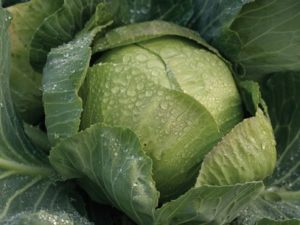
It is a type of cabbage with a mini head that is dense and uniform. The small size allows urban gardeners to grow them in containers or pots.
The sweet and spicy flavors make these cabbages an excellent choice for many dishes. It also takes two months for the mini heads to mature.
Besides that, these cabbages are tolerant to cold and can be grown in spring, fall, and winter. The seeds take 7-12 days to germinate and are ready for transplant.
Red Acre Cabbage
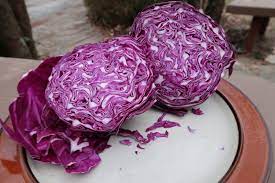
The species is also called heirloom cabbage since it grows and matures faster than other common cabbages. The red-purple heads make them stand out from other species.
The red acre cabbages are resistant to yellow leaf diseases. The compact design makes these cabbages ideal for tiny gardens.
I recommend growing red acre cabbages in spring or fall since they are vulnerable to sunburn in summer. The heat from the sun also makes the leaves bitter and unpalatable.
Brunswick Cabbage
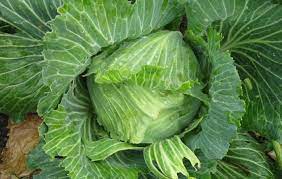
It is a German heirloom cabbage species that was introduced in the United States around 1824. It flourishes in the cold temperatures of fall and winter.
It is my favorite choice for making sauerkraut and can last longer when stored well. The cabbage takes about 90 days to attain maturity.
The species is a heavy feeder and requires fertilizer application during the growing season to enhance sweet flavor formation.
Portuguese Cabbage
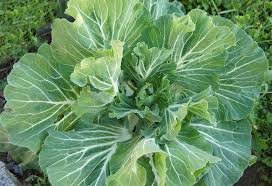
The cabbage species is widely grown in Portugal, hence the reason behind the name. It has some close similarities with other regular cabbage varieties.
The unique flavors and shapes are the distinctive features for easy identification. When cooked, the Portuguese cabbage has a mild and slightly sweet taste.
The crunchy texture reminiscent of bell pepper makes it ideal for serving as a stir-fry or sautéed vegetable dish. It is also an excellent choice for salads and casseroles.
Golden Acre Cabbage
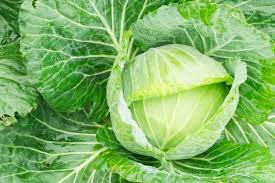
It is a smooth and firm cabbage species with a compact size. The cabbage takes 60-65 days to mature and can be a perfect option for spring gardens.
The firm heads from the cabbages are an excellent choice for making slaws and stir-fry preparations. Each early golden acre cabbage head weighs about 2-3 pounds.
A compact plant is a perfect option for containers or small green gardens when practicing urban gardening.
Cannonball Cabbage
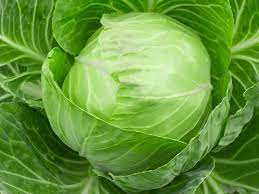
It is a type of green cabbage that was introduced in the United States in the 1900s. The tight packing of leaves allows these cabbages to tolerate low temperatures in the winter.
Cannonball cabbages thrive in full sun and partial shade. These hardy plants are easy to grow and keep them well throughout winter.
Kale or Leaf Cabbage
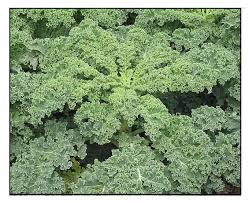
Kale cabbages come in different varieties with leaves ranging from purple to dark green. These cabbages are native to the eastern Mediterranean and Anatolia.
The central leaves do not form heads like other regular cabbages. Many gardeners in North America consider this species as wild cabbage.
The green cabbage varieties have curly leaves and Romans refer to them as Sabellian Kale which means ancestors of modern kale.
Common classifications of leaf cabbages are curly-leaf (scots kale), plain-leaf (flat-leaf type), and feathery-leaf type (a cross between curly-leaf and plain-leaf species).
January King Cabbage
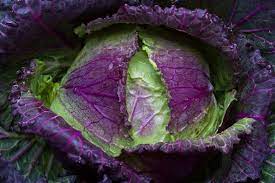
It is a cabbage species with blue-green leaves having purple or red blush. The January king cabbage is a cultivar of Savoy and white cabbage.
The cabbage type is native to England and was first cultivated in 1867. The cabbage species thrives well in winter weather.
The compact heads are delicious and packed with nutrients. I recommend using the January king cabbages for salads, soups, and stews.
Dutch White Cabbage
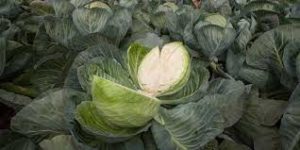
These cabbage varieties have large fruit sizes, excellent taste, high yields, and resistance to pests and diseases. They require timely feeding and proper care for higher yields.
The cabbage heads cracking due to early maturity is the only shortcoming associated with Dutch white cabbages. We recommend winter white cabbages for better yields.
Brussels Sprout Cabbage

The cabbage varieties produce edible buds that resemble tiny cabbages. These species are native to Brussels Belgium.
These cabbages are popular in the Southern Netherlands and some cooler parts of Europe due to their sweet tastes. They are harvested from September to March.
They belong to the cruciferous vegetable family with nutrients and vitamins for preventing cancer development among consumers.
Danish Ballhead Cabbage
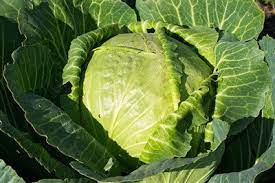
It is a reliable cabbage variety since it can resist bolting and splitting. The cabbage produces a round blue-green head that weighs about 5-7 pounds.
The cabbage can easily adapt to the Northeast and Mountainous areas of Denmark. These Danish ball-head cabbages are finding their way into American Markets.
Early Jersey Wakefield Cabbage
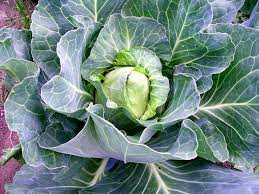
The New Jersey Wakefield cabbage is an heirloom species native to England. It grows fast and develops a large dense elongated head.
The small core at the center is ideal for making salads, slaws, pickles, and cooking. It thrives in cold weather and loves ample moisture.
We recommend planting these cabbages in the spring or fall. The sweet tastes and flavors are my favorite features of any dish.
Charleston Wakefield Cabbage
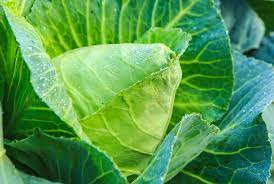
It is a cabbage variety developed in the United States around the early 1900s. The large round heads with thick white leaves are distinctive features.
The crunchy texture makes this cabbage species ideal for making coleslaws and other dishes. It is a perfect option for home gardens since it is relatively easy to grow.
The species is relatively affected by pests and diseases. We recommend this species for cooler climates since it is tolerant to cold temperatures.
Late Flat Dutch Cabbage
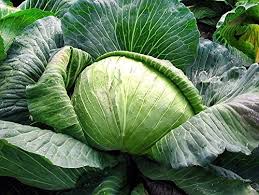
The late flat dutch cabbages are native to the Netherlands. They have flat leaves that have a slightly sweet taste and are readily available from July to August.
The large flat heads have a firm texture and are popular for making sauerkraut and kimchi. It can also be cooked or eaten raw.
The late flat Dutch cabbages are hardy and can tolerate cold weather. The vitamins and potassium ions are ideal for fostering well-being.
Mammoth Red Rock Cabbage
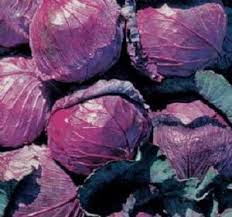
It is a large heirloom cabbage introduced in 1889 in Denmark. It was also known as Red Danish cabbage before 1906.
The cabbage species produces a large and beautiful deep red-purple head packed with fine flavors. The vibrant colors are excellent for fresh and cooked dishes.
Mammoth red rock cabbages are reliable performers in North America since they can adapt to different climates or weather.
My Final Thoughts
My favorite cabbage varieties are green cabbages due to their crisp texture and slightly sweet flavors. Green cabbages are also readily available and easy to grow.
The above types of cabbages are often used in salads and coleslaw. They contain nutrients and properties that foster the well-being of consumers.
People Who Read This Also Like:






